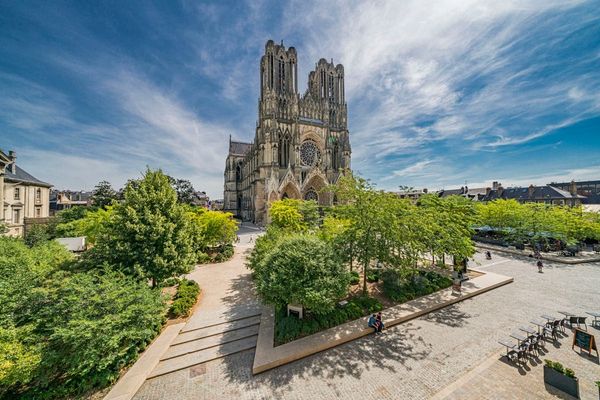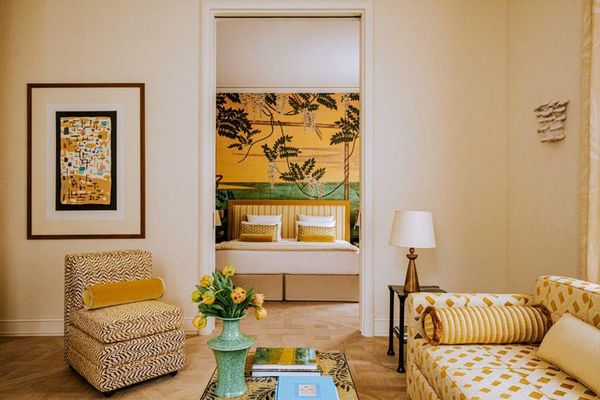
I met Djoubi in Mayotte, a French territory off the coast of east Africa. I took this in 2017 when he was 17, though I first began photographing undocumented immigrants in another French territory in the Indian Ocean, Réunion, for my project La Cinquième Île (The Fifth Island) in 2009.
Mayotte is roughly 8,000km from Paris. It is part of the Comoros archipelago between east Africa and Madagascar, which includes three other main islands: Grande Comore, Mohéli and Anjouan. France colonised the archipelago in the 19th century with the intention of making it a sugar plantation. In the 1970s, three of the four islands voted for independence; Mayotte alone voted to remain attached to France, and has since become a destination for migrants from the rest of the Comoros. Most come searching for better-paid work, but others flee political instability. Despite not having legal access to education or healthcare, they risk the dangerous sea journey to reach Mayotte – and thus the EU. Migrants face deportation yet they continue to arrive every year. Many have drowned.
Djoubi was born in Mayotte but his parents are undocumented migrants so he is also considered “illegal”. Alongside a number of other undocumented boys and men, he is in a gang who call themselves the bouchemen, a reference to the indigenous bushmen of southern Africa. They live on the beach in a banga, a makeshift hut, protected by their herd of dogs. Aged from 10 to 20, they live and survive on the margins of society. Many are orphans, or arrived on the island without their parents. Some are alone because their parents were deported. The Mayotte police often do not take into account the children of undocumented migrants.
The first time I travelled to Mayotte was in 2015, following Patron, a young smuggler and the main character of my film Koropa. I wanted to develop a series about undocumented teenagers on the island, and that is when I spotted the bouchemen. As a foreign woman, my relationship with the gang has never been easy. They were aware of the economic disparity between us, and language proved an added obstacle – French is the official language of Mayotte, but most people speak local dialects, usually Shimaore. Fortunately I met Atou, who has a similar history to some of these boys and he became my assistant and interpreter. I think the gang enjoyed someone taking an interest in them, and I would often show them my photographs.
As in William Golding’s Lord of the Flies, the gang create their own community guidelines. They voted to have no leader but the dominant personalities naturally drove the decisions of the group – boys such as Dakar, who built the banga from scratch. Djoubi, Djoe and Sabo were the ones who managed and trained the dogs. I would follow them for four or five hours every day, sometimes filming or photographing them but often simply sharing moments as they loitered around the beaches, or obtained food from the nearby coconut trees or banana palms. They often have to steal to feed themselves.
I like this photograph because of how Djoubi stands: proudly, and surrounded by his dogs. The title of my project Ge Ouryao! (Why Are You Scared!) is an expression the bouchemen use to provoke passersby. It’s a way of poking fun at the local people, who regard them as delinquents and fear them. But the expression also reflects the pressures on the boys to grow up fast, to become tough as they live on the fringes of a society that largely rejects them. In Djoubi’s case, it is unclear whether he will remain in the gang or manage to find work, though the stigma of being an undocumented migrant and boucheman may prevent him from integrating into Mayotte life.
I try to create images that upend stereotypes and offer new perspectives, to give back dignity, agency and even grandeur to the boys, as they live in limbo with an uncertain future. For me, this photo also reflects the wider political situation and is suggestive of the tension surrounding illegal immigration in Mayotte today; the fraught postcolonial history and the idea of the cinquième île, which for the islanders symbolises France, or the aspiration of becoming French – holding the promise of a better quality of life. The way I staged the photograph reflects the isolation of an island, or archipelago of islands, with Djoubi standing on the rocks – alone, and on the periphery.
• Laura Henno’s solo show is at the Palais de Tokyo, Paris, from 15 April to 4 September.
Laura Henno’s CV

Born: Croix, France, 1976.
Trained: Photography at the École Nationale Supérieure des Arts Visuels de La Cambre, Brussels, and cinema studies at Le Fresnoy, Tourcoing.
Influences: Taryn Simon, Jeff Wall.
High point: “Several, including the Rencontres de la Photographie d’Arles in 2018 and my forthcoming exhibition at the Palais de Tokyo, Paris, in April.”
Low point: “Covid, which put many projects on hold.”
Top tip: “Give yourself time.”










